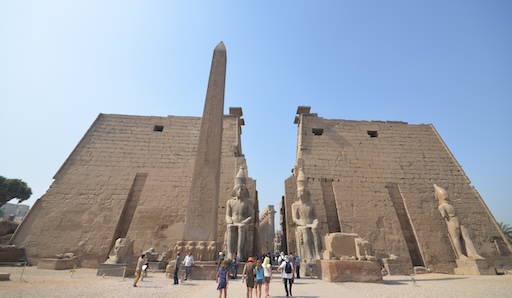
In a city brimming with ancient wonders, Luxor Temple still manages to steal the spotlight. Located on the east bank of the Nile, in the heart of modern Luxor, this temple doesn’t just echo the past—it shouts it in stone, shadow, and golden light.
Not a Tomb, But a Living Temple
Unlike many ancient Egyptian monuments, Luxor Temple wasn’t built for the dead. It wasn’t a tomb or a funerary complex. It was a place of celebration, of life, and divine rebirth. Constructed primarily by Amenhotep III and Ramses II, with additions from Tutankhamun and even Alexander the Great, it served as the centerpiece of the annual Opet Festival, where the god Amun was believed to renew his strength.
The temple was connected to the Karnak Temple via the Avenue of Sphinxes—a 2.7-kilometer processional path that’s been partially restored today. Imagine priests, dancers, and musicians parading along that sacred road, with golden statues glinting in the sun, incense wafting in the air, and chants echoing off the sandstone walls.
Architecture That Dazzles
At the entrance of the temple stands a massive pylon adorned with battle scenes of Ramses II. Just beyond it, two colossal seated statues of the pharaoh watch silently as centuries pass. One of the original obelisks still stands (its twin now lives in Paris, at Place de la Concorde).
Inside, courtyards and columned halls unfold like a stone symphony. The colonnade built by Amenhotep III remains one of the most elegant in Egypt, with soaring papyrus-shaped columns that seem to reach for the sky. The walls are alive with reliefs of offerings to gods and celestial ceremonies. Even the worn-out carvings exude an aura of timelessness.
As daylight fades, the whole temple is bathed in soft illumination, making it one of the most magical places to visit at night. Shadows dance across carved stone faces, and the golden lighting makes the temple feel alive, like a portal into another era.
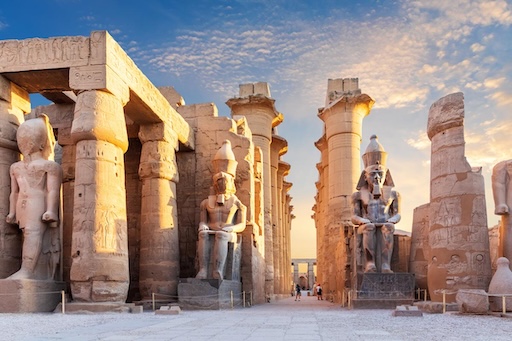
A Temple for the Ages
What makes Luxor Temple particularly fascinating is its multi-layered history. Beyond its pharaonic origins, it also hosted a Roman military camp, a Christian church, and later, a mosque that still stands inside the temple grounds today: the Mosque of Abu Haggag.
This isn’t just an ancient ruin. It’s a place that has been continuously used and revered for over 3,000 years. Different eras left their marks, and somehow, they all coexist—stone against stone, story against story.
And then there's the chapel of Alexander the Great—yes, the Macedonian conqueror added his own sacred space here, with inscriptions claiming his divine lineage in true pharaonic fashion. Luxor Temple isn’t frozen in time—it’s a palimpsest.
The Opet Festival: Where Gods Came to Party
Each year during the Opet Festival, statues of the Theban triad—Amun, Mut, and Khonsu—were carried in procession from Karnak to Luxor Temple. The event was more than just a party. It was a ritual of cosmic renewal. For the ancient Egyptians, the festival reaffirmed the pharaoh’s divine role and the continuing order of the universe.
Crowds gathered, musicians played, offerings were made, and the gods were believed to bless the land through their ceremonial journey. It was one of ancient Egypt’s most important religious festivals.
Today, you can still feel a strange rhythm in the stones—as if the echoes of drums and chants never fully left.
Rediscovery and Radiance
Like many other temples, Luxor was gradually swallowed by the sands of time. Its grand halls were hidden beneath homes and buildings for centuries. Excavations began in the late 19th century, revealing the splendor buried beneath. Some residential buildings even had doorways that led directly into the ancient temple.
Today, it’s one of the most visited sites in Egypt. And with new lighting projects, structural reinforcements, and digital mapping, its grandeur is more vivid than ever. Conservation efforts continue to this day, with teams working to preserve its intricate carvings against pollution and time.
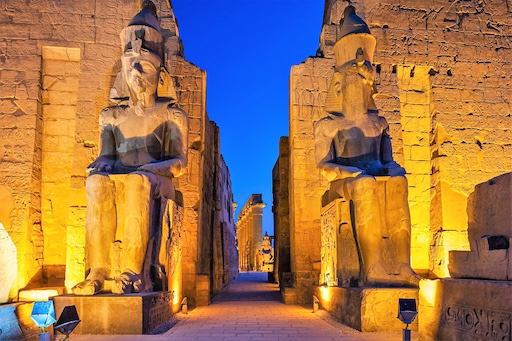
Tips for Travelers
- Visit at sunset or night for a surreal, glowing experience.
- Start at Karnak and walk the Avenue of Sphinxes if open—it’s a spiritual journey and one of the longest ceremonial paths in antiquity.
- Hire a guide to uncover the hidden symbols and stories, especially those etched by Alexander the Great and early Christians.
- Don’t miss the mosque inside—a powerful reminder that sacred spaces evolve. It’s still in use today during certain Islamic festivals.
- Tickets: Entry costs around 160 EGP for adults, and it’s open daily from early morning until late evening.
- Photo tip: The golden hour just before sunset provides the best lighting for dramatic temple shots.
A Temple That Never Truly Slept
Luxor Temple isn’t just a monument to gods and kings. It’s a reminder that sacredness evolves. That stones remember. And that even after millennia, a place can still pulse with meaning.
Walk through its gates, and you walk through layers of time. And maybe, just maybe, you’ll feel the heartbeat of the ancient world—still faint, still strong, still echoing through Luxor.
Share this story and inspire others.
Tags: Luxor Temple, Luxor, Egypt, ancient Egypt, cultural tourism, Opet Festival, Ramses II, archaeology, Nile temples, sacred sites, Egyptian history
 Dendera Temple Complex: Where Stars, Myths, and Stone Align
Dendera Temple Complex: Where Stars, Myths, and Stone Align
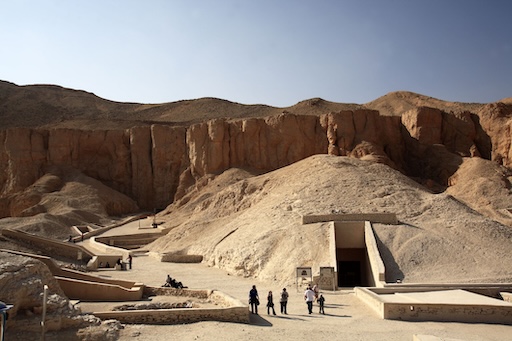 Valley of the Kings: The Eternal Resting Place of Pharaohs
Valley of the Kings: The Eternal Resting Place of Pharaohs
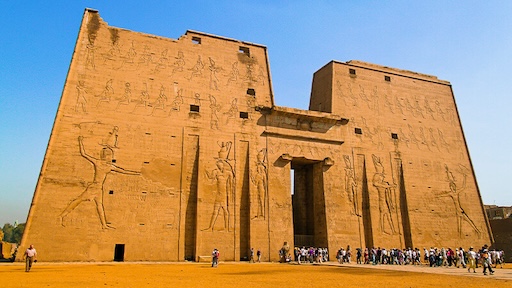 Temple of Edfu – Where Horus Stands Tall
Temple of Edfu – Where Horus Stands Tall
 Abu Simbel Temples: Monuments That Moved Mountains
Abu Simbel Temples: Monuments That Moved Mountains
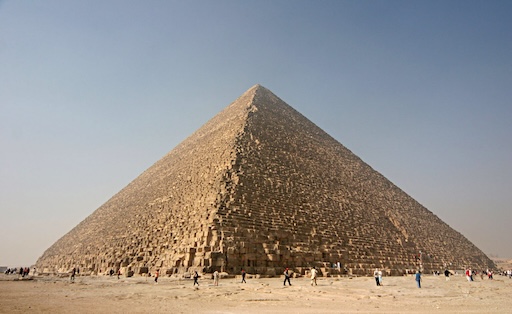 The Great Pyramids of Giza: Alien Relics or Eternal Engineering?
The Great Pyramids of Giza: Alien Relics or Eternal Engineering?
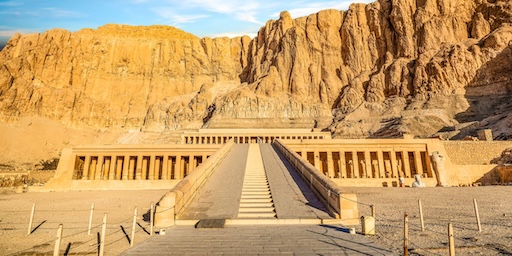 Temple of Hatshepsut: Egypt’s Queen of Stone
Temple of Hatshepsut: Egypt’s Queen of Stone